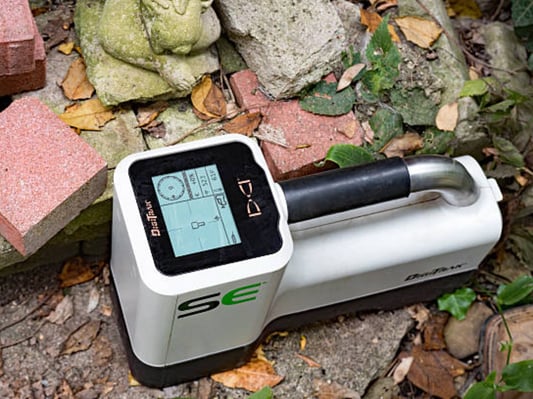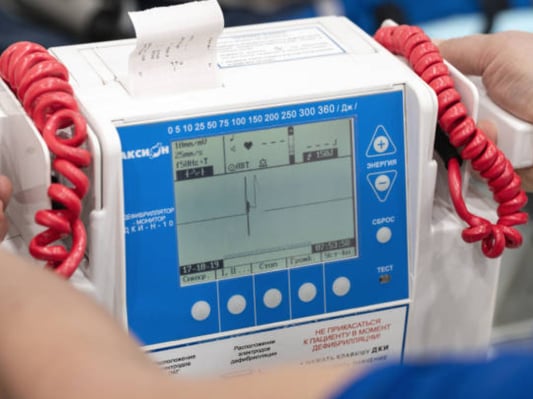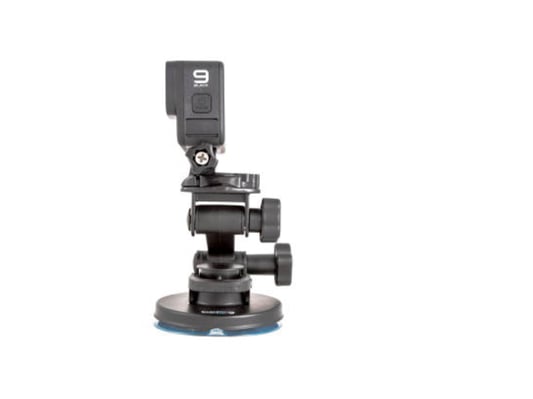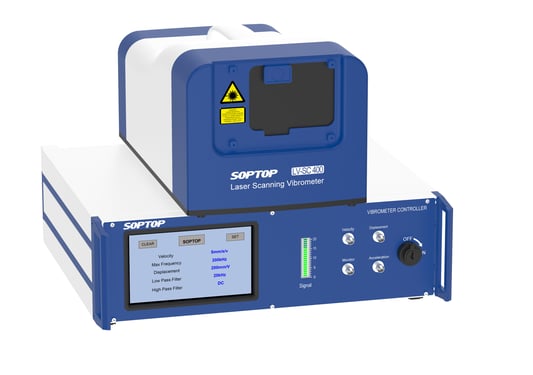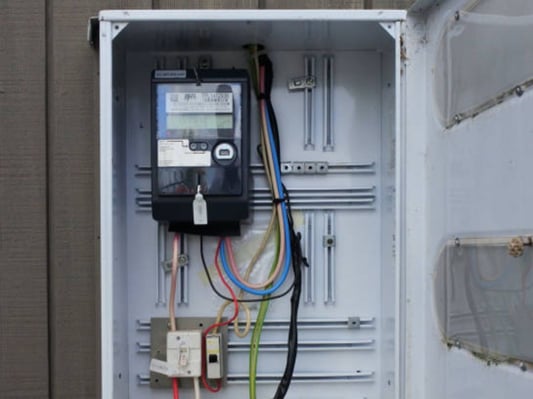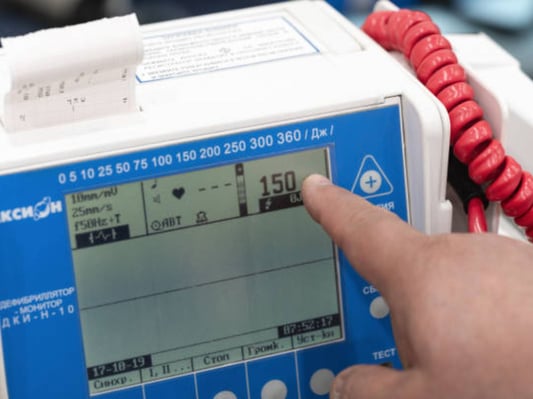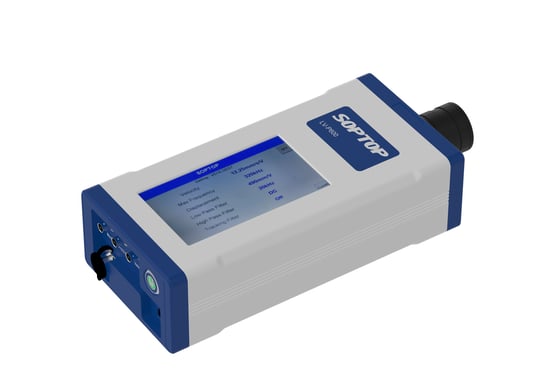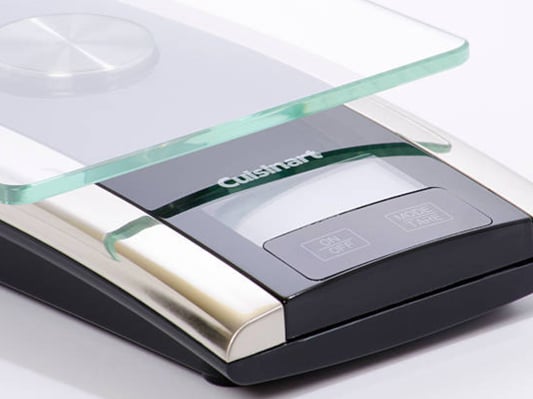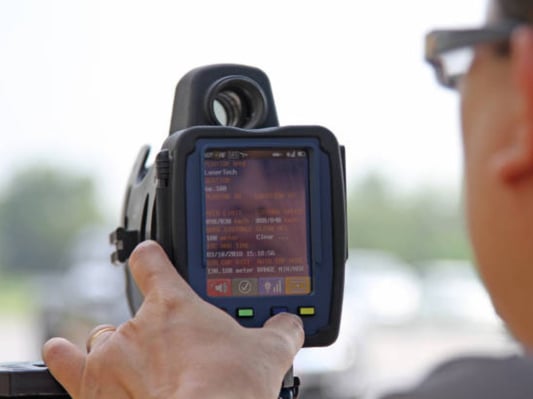What is a handheld vibration tester?A handheld vibration tester is a portable device used to measure and analyze vibrations in various machinery and equipment. It is commonly used in predictive maintenance to detect potential faults and prevent costly breakdowns.Benefits of Using a Handheld Vibration TesterBy regularly monitoring vibrations, a handheld vibration tester can help identify issues such as misalignment, imbalance, or bearing wear before they escalate into major problems. This proactive approach can extend the lifespan of equipment and improve overall operational efficiency.How Does a Handheld Vibration Tester Work?A handheld vibration tester typically has sensors that detect vibrations in different axes. The device then converts these vibrations into electrical signals, which are analyzed to determine the frequency, amplitude, and other characteristics of the vibration.Applications of Handheld Vibration TestersHandheld vibration testers are used in a wide range of industries, including manufacturing, automotive, aerospace, and energy. They can be used to monitor the condition of motors, pumps, fans, compressors, and other rotating machinery.Features to Consider When Choosing a Handheld Vibration TesterWhen selecting a handheld vibration tester, it is important to consider factors such as frequency range, sensitivity, accuracy, data storage capacity, battery life, and software compatibility. Some models may also offer additional features such as temperature measurement and on-screen analysis.Tips for Using a Handheld Vibration Tester EffectivelyTo ensure accurate readings, it is important to follow the manufacturer's guidelines for sensor placement, data collection, and analysis. Regular calibration and maintenance of the device are also crucial to maintain its accuracy and reliability.Common Misconceptions About Handheld Vibration TestersOne common misconception is that handheld vibration testers are complicated to use. In reality, many modern devices are user-friendly and come with intuitive interfaces that make data collection and analysis quick and easy.Advancements in Handheld Vibration Testing TechnologyRecent advancements in handheld vibration testing technology have led to the development of more compact, lightweight, and durable devices. Some models now offer wireless connectivity and cloud-based data storage for greater convenience and flexibility.Cost Considerations for Handheld Vibration TestersThe cost of handheld vibration testers can vary depending on the brand, features, and capabilities of the device. It is important to weigh the upfront cost against the potential savings from preventing equipment failures and downtime.ConclusionIn conclusion, handheld vibration testers are valuable tools for monitoring and maintaining the health of machinery and equipment. By investing in a quality device and following best practices for vibration analysis, organizations can improve reliability, reduce maintenance costs, and enhance overall performance.Quote InquiryContact us!


